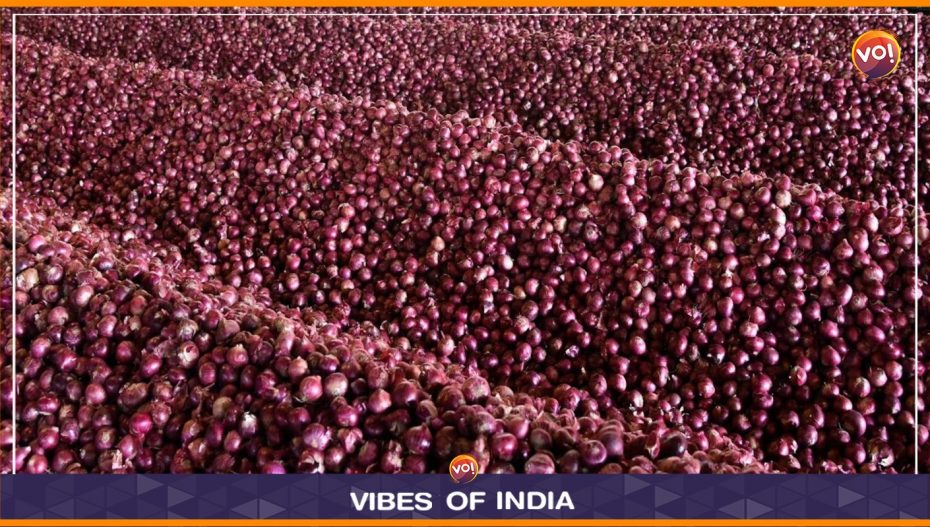In a strategic move, the government has imposed a substantial 40% export duty on onions with the objective of fortifying domestic onion supplies and averting any potential price surge in anticipation of the forthcoming festive season. This export duty regulation will remain in effect until December 31, 2023.
This marks the Centre’s first-time implementation of such a duty, prompted by the ongoing trend of “remarkably elevated exports” during the current year. In previous instances, the government had resorted to banning onion exports from the months of September to December in 2020, as well as establishing a minimum export price back in 2019.
This new measure has been taken in response to official data revealing that retail inflation, as gauged by the consumer price index, has surged to a 15-month pinnacle of 7.4% in July, surpassing the previous month’s figure of 4.9%.
Officials have highlighted that the volume of exports for the current year has been unusually substantial during the January to March period, amounting to approximately 8.2 lakh tonnes, as opposed to 3.8 lakh tonnes recorded during the same period in the preceding year.
In a bid to heighten the accessibility of onions within the domestic market, especially with the festive season on the horizon, the government has elected to impose a 40% duty on onion exports, as elucidated by Union Consumer Affairs Secretary Rohit Kumar Singh on Saturday. He also noted, “It was also being noticed that there was a sharp rise in exports in the recent past.”
Official reports have confirmed that exports for this year, during the January to March interval, have been notably elevated, totaling around 8.2 lakh tonnes, compared to the 3.8 lakh tonnes recorded during the corresponding period of the preceding year. Government data further indicates that the mean retail price of this kitchen staple has surged to Rs 30 per kilogram, in contrast to Rs 25 merely a month earlier.
This escalation occurs in the midst of reports highlighting sluggish kharif sowing due to the delayed onset of monsoons in the principal onion-producing states of Maharashtra and Karnataka. Additionally, the elevated moisture content in the stored rabi crops, attributed to untimely April rains in Maharashtra and Karnataka has negatively impacted the shelf life of the produce. Sources suggest that despite a marginal decrease in estimated onion production amounting to 31 million tonnes (MTs) compared to the previous year’s 31.7 MTs, quality concerns persist.
Simultaneously, the benchmark price at Asia’s largest onion mandi in Lasalgaon, Maharashtra, surged by 50% to Rs 2,050 per quintal on Saturday, up from Rs 1,370 per quintal observed on August 2.
Also Read: Gujarat, Uttar Pradesh Rank Among Top 5 States In New Investments: RBI Study












